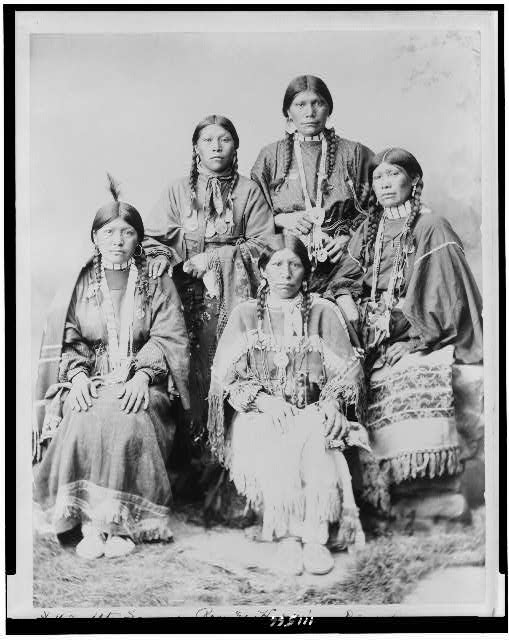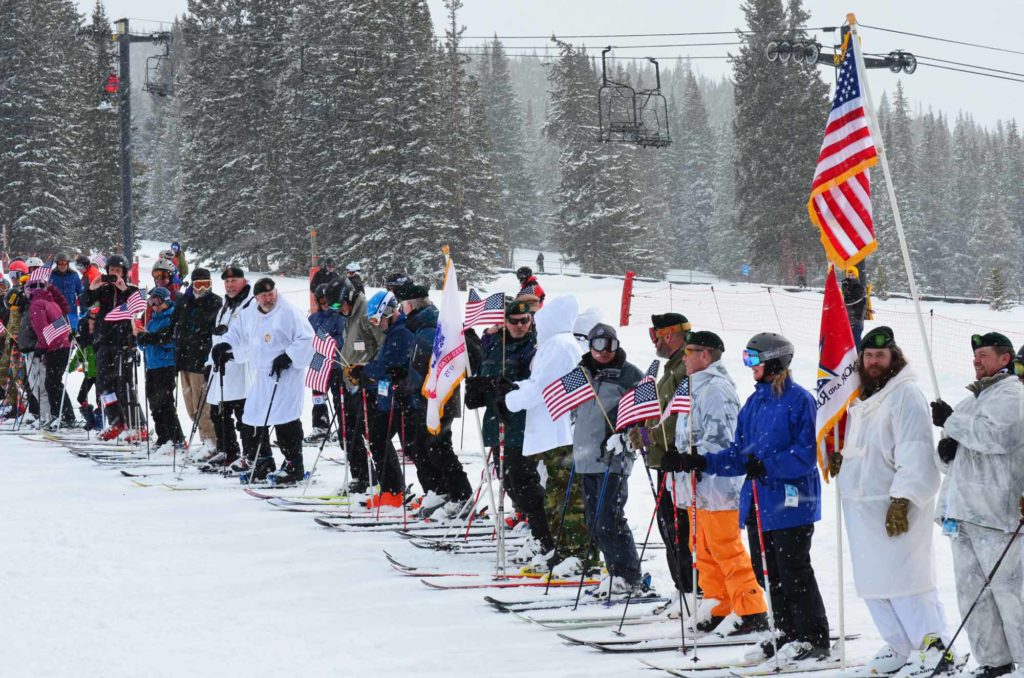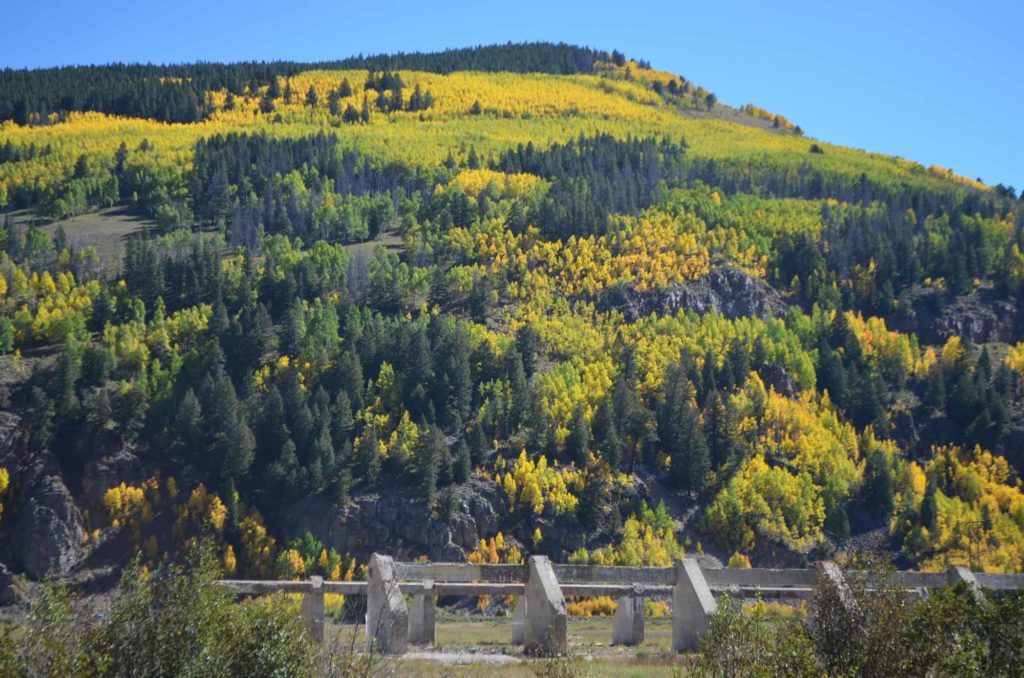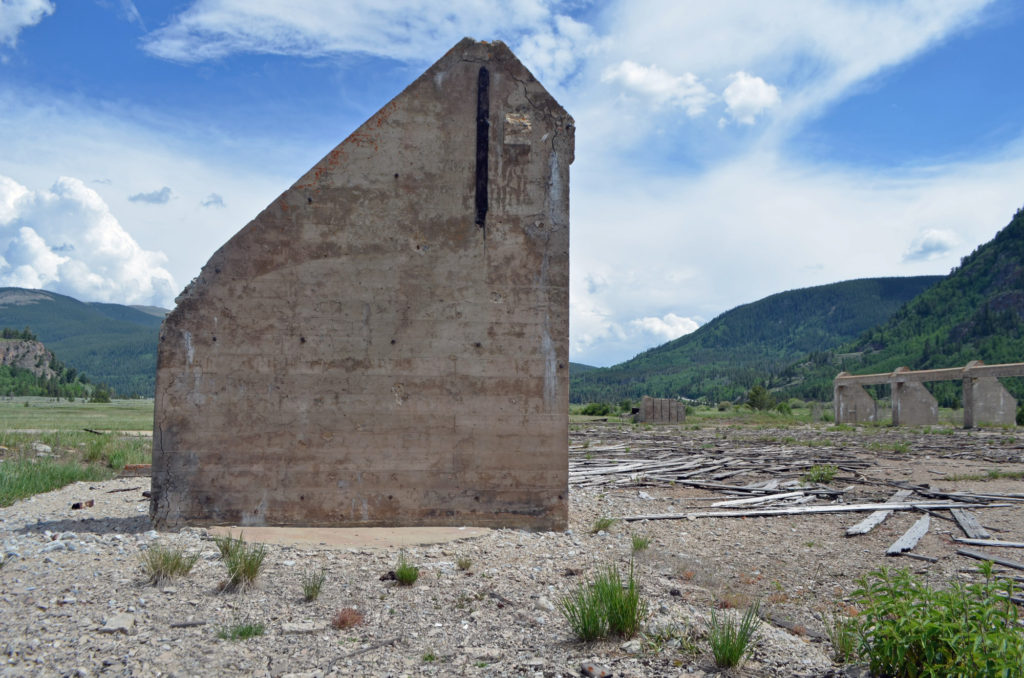8 Fun Facts About the Camp Hale-Continental Divide National Monument
November 10, 2022Leadville, Colorado, is a great base camp for exploring the nation’s newest national monument. Parts of the Camp Hale-Continental Divide National Monument are only 20 minutes from Leadville.
In addition to jaw-dropping forests, passes, and peaks, the monument offers fascinating history. Did you know this picturesque valley was originally home to the Ute people? That it is also where World War II soldiers learned to fight on skis—and where the CIA secretly trained Tibetan fighters? And that it’s a great place to hike, bike, camp, and snowmobile?
Read on to learn 8 things you may not know about the Camp Hale-Continental Divide National Monument and how to experience it today.
1. It Features Unique Geology and Ecosystems + Rare Plants and Wildlife
The monument includes rare and fragile alpine tundra ecosystems. Some species are uniquely adapted to high altitudes, such as ice grass.
Two Forest Sensitive species, green lineage Colorado River cutthroat trout and boreal toads, and the federally listed Canada lynx call the monument home. The area also provides habitat for mountain goat, moose, bighorn sheep, Rocky Mountain elk, mule deer, black bear, mountain lion, bobcat. bald eagle and many other birds, small mammals, and even bats.
Among this stunning landscape are several unique geological features, including the Spruce Creek rock glacier.
When You Visit:
Plan a day trip in the Tenmile area near Breckenridge and hike to waterfalls, Continental Falls and McCullough Gulch Falls (summer access is by shuttle or reserved parking only).

Five Ute women posed. Retrieved from the Library of Congress, <www.loc.gov/item/94509876/>.
2. Its Lands are Sacred to Tribal Nations
For thousands of years, the Ute people traveled to the Pando Valley when winter snows melted as part of an annual migration circuit to hunt game and collect medicinal plants. The area also served as an important transportation corridor for those traveling to sacred hot springs in Glenwood Springs, and the traditional Ute trail lies under the road that runs along the Eagle River today.
Forced from much of their homelands when precious minerals were discovered in the area, the Utes still consider the Camp Hale and Tenmile Range area culturally important. The Ute people return to their homelands to pray, hold ceremonies, honor their ancestors, and hunt, fish, and harvest plants for medicinal purposes, ceremonial use, and basketry. Indigenous sites exist in the monument but they are not marked, to protect them.
When You Visit:
Take a moment to look around and imagine what it would be like to live in this land. Please treat the area with respect. If you are lucky enough to find artifacts, please leave them untouched, and keep their location a secret.

3. Camp Hale Taught Soldiers How to Ski
Camp Hale was established in 1942 to train soldiers for winter, mountain warfare. It was the only U.S. Army camp dedicated solely to this purpose. The area’s extreme winter weather, altitude, and tough terrain, plus its closeness to a railroad, made it a natural choice. Approximately 15,000 troops were trained to ski and fight at Camp Hale and on Cooper Hill, the site of today’s uncrowded, family-friendly Ski Cooper resort.
When You Visit:
Come to Camp Hale today, and you can see the footprints of some of the buildings where the soldiers trained. Take a self-guided tour by following the interpretive signs.
4. These Soldiers Were Instrumental in Winning World War II
The 10th Mountain Division played a critical role in World War II. In the early winter of 1945, the Mancinello-Campiano Ridge, also called Riva Ridge, and Mt. Belvedere in the Italian Apennine mountains were critical to the Allies’ success, because the main highway to northern Italy ran between them. Yet German forces were perched on these high points, controlling the area. Capturing them was an assignment tailor-made for the 10th Mountain Division.
On the cold night of Feb. 18, 1945, the 10th Division troops scaled the steep rock face of Riva Ridge. They surprised the Germans holding the high ground who didn’t think U.S. troops could climb such treacherous terrain. The next night, the 10th Mountain Division took Mt. Belvedere. These brave mountaineer troopers then secured the Po River Valley, which helped free northern Italy.
Casualties were high. Sadly, 992 soldiers died in Italy. But the unit helped turn the tide of World War II and carried out their motto, “Climb to Glory.”
When You Visit:
Attend a 10th Mountain Day at Ski Cooper, a ski-down tribute to honor the ski troopers. It is usually held in February or March. Check our calendar.
On your way from Leadville to the Camp Hale Historic Site along Highway 24, stop at the turnoff to Ski Cooper to see a memorial to these fallen soldiers. A second monument commemorates the soldiers of the 99th Battalion, Norwegian nationals who also trained at Camp Hale and liberated Norway in May 1945.

5. Troopers Skied All the Way to Aspen
For an idea of what the ski troopers were made of, consider this. In the winter of 1943 and again in 1944, groups of around 30 hardy soldiers stationed at Camp Hale decided they needed adventure. They strapped on 90-pound rucksacks, hopped on their skis, and took off for Aspen on a demanding route. They crossed the Continental Divide just north of Independence Pass, where Highway 82 now rises from Twin Lakes to Aspen, through some of the state’s highest mountains. Their journey through the high wintry back country took three and one-half days. Today, a winter trip is over 100 miles by car.
When You Visit:
Enjoy your own journey along Highway 24 from Leadville to Minturn, the 10th Mountain Division Memorial Highway. This scenic stretch of highway is part of the Top of the Rockies National Scenic and Historic Byway.
6. Its Veterans Founded the Ski Industry
After their critical role in World War II, the 10th Mountain Division ski troopers returned home to make yet more lasting contributions, by starting today’s ski industry. Veterans of the 10th Mountain Division founded ski resorts throughout Colorado, including Arapahoe Basin and Vail, and in states on the east and west coasts. Approximately 2,000 returning veterans became ski instructors, joined ski patrols, and took other jobs at ski resorts. These former ski troopers are credited with developing or running ski schools at 62 U.S. ski areas.
When You Visit:
Ski in their tracks at Ski Cooper, featuring all-natural snow and a laid-back vibe.

7. It Hosted Covert Operations…shh
For a while, Camp Hale kept a secret—that the 10th Mountain Division wasn’t the only military operation to train there. From 1958 to 1964, the U.S. Central Intelligence Agency secretly trained approximately 300 Tibetan freedom fighters at the camp to resist Chinese forces creeping into Tibet.
Once trained, these soldiers were airdropped into Eastern Tibet, wearing vials of poison in case they were captured. In turn, some later trained approximately 2,000 more resistance warriors in Tibet. Camp Hale was so similar to the Tibetans’ home that they called it “dumra,” meaning garden.
The U.S. government hid this operation, blocking off Camp Hale and telling locals they were testing bombs. A plaque in the valley, unveiled in 2010 on a day full of tributes, honors these brave fighters.
When You Visit:
Look for the Tibetan Freedom Fighters plaque near the building remnants at the Camp Hale Historic Site.
8. It’s an Adventure Hub Today
Check out the many opportunities for recreation in the Camp Hale-Continental Divide National Monument!
Explore the Colorado Trail and Continental Divide Trail by foot or mountain bike. Backpack or backcountry ski. As a Colorado classic, gather a group to trek to the 10th Mountain Division Huts, a hike-in, bike-in, ski-in hut system co-founded by a 10th Mountain veteran and named in honor of the ski troopers. Catch some trout at the Camp Hale fishing pier and spend a few days at the Camp Hale campground.
Make turns at family-friendly Ski Cooper and visit the Tennessee Pass Nordic Center, Cookhouse, and Sleep Yurts for great groomed trails, delicious meals, and a good night’s sleep. Tour the monument by snowmobile.
When You Visit:
Check out What to Know about Visiting the New Camp Hale-Continental Divide National Monument for details and more ideas!
Care for Colorado!
Please always
- Check for Fire Restrictions — and Follow Them! Camp Hale / Eagle County fire restrictions / Leadville/Twin Lakes fire restrictions
- Take Care with Fire
- Travel & Camp on Durable Surfaces
And please take our Adventure by Nature Pledge.
Thank you for helping to protect our forests and homes!
Winter & Spring Trips
Visiting in winter or early spring? Please check our Colorado Backcountry Winter Safety Resources and the current avalanche forecast before you head into the backcountry!